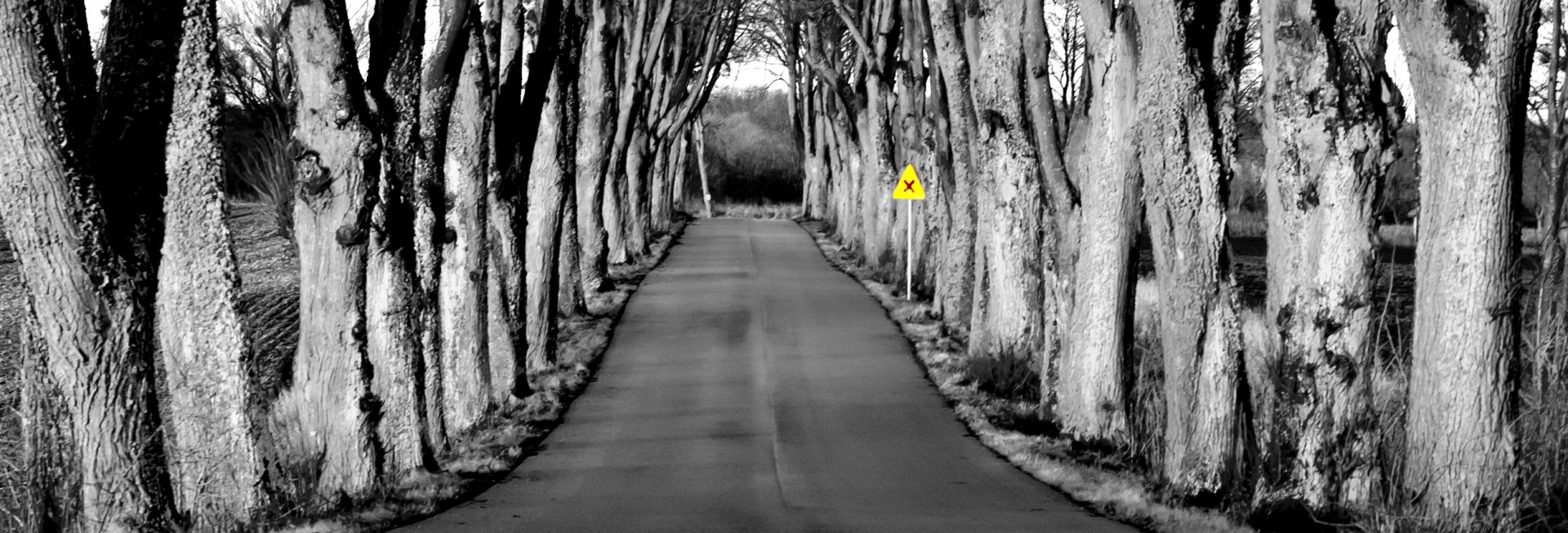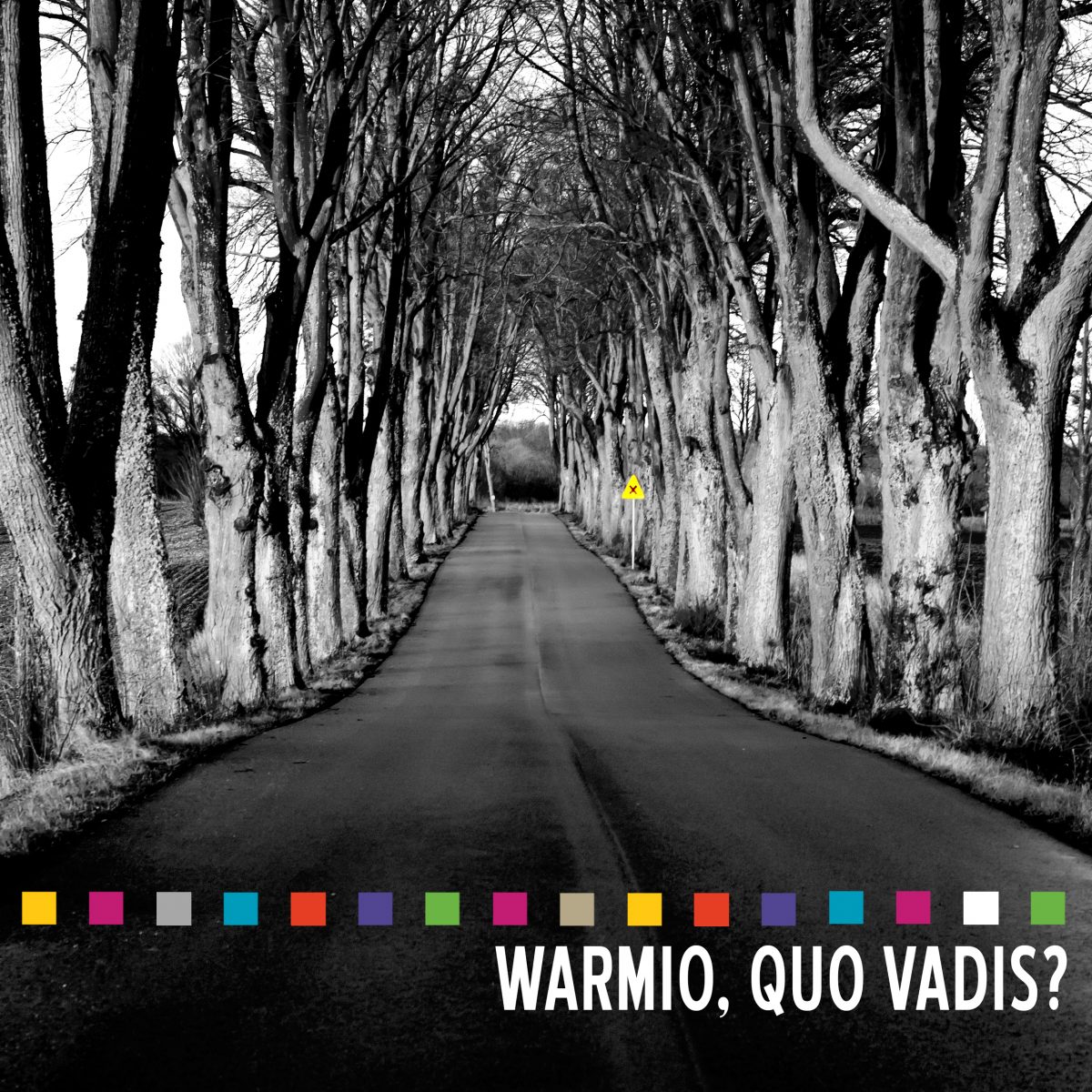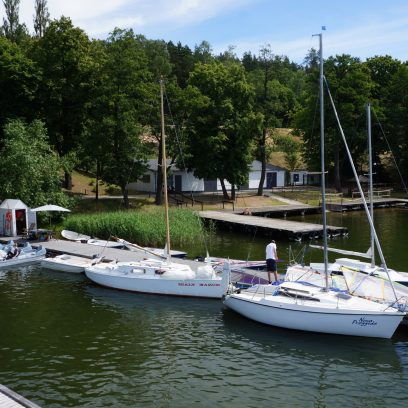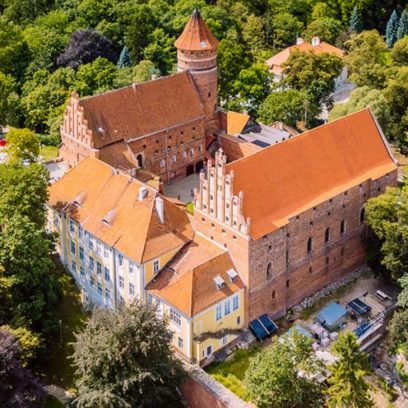



The modern Warmia is a historic land with unique landscape, but what differentiates Warmia, is its past. Although today, there are almost no native residents, taking care of material and immaterial heritage remains our duty. Thanks to such publications, we contribute to expanding the knowledge about Warmia and the Warmian identity, but above all, we show the present residents the culturally, historically and nature rich place they live in.
Gustaw Marek Brzezin
The Marshal of the Warmian-Masurian Voivodeship

Intangible cultural heritage in Warmia based on selected examples
The “Warmia” term has survived to this day, although the political history of this region of Poland was under numerous changes and transformations. It is visible that for some time, the local awareness of the residents increases, which contributes to a continuation of not only “Warmia” term, but also of searching, reminding and cultivating the culture of this region.
The Warmian miens. The settlement and sacral landscape
Warmia, otherwise known as the Warmian dominium, is a history land with clearly defined borders, separated by a title of bishop’s emolument and given for his secular possession during the conquest of those lands by the Teutonic Order.
Warmia’s borders were having different shapes over a long time. The first stage was in 1254 during division of conquered territory for two parts: episcopal and order, final solidification of outside borders was in 1375.
Warmia – its green cultural landscape yesterday and today
A starting point for a description of a cultural landscape is a natural landscape defined in the definition above as “natural elements”. Warmia is without any doubts one of the most attractive Polish regions, but is not as appreciated and famous as Mazury with its lakes and forests.
The natural shape of the space is an effect of accumulative and erosive processes, which are effects of the last glaciation and many more complex processes, which occurred after this glaciation.
The current intangible cultural heritage of Warmia – remained, preserved or created?
To evaluate the conservation status of the Warmian culture and manifestations of the regional culture on Warmia in the days 2-11 September 2016 there were ethnological field studies in Lidzbarski County in Wamińsko-Mazurskie voivodeship. 10 researchers participated in the studies from universities in: Gdańsk, Poznań, Lublin, Warszawa, Wrocław.
Źródło: Regionalna Pracownia Digitalizacji Centrum Spotkań Europejskich “Światowid” w
Elblągu.
Fot. Jacek Szulecki

Mrągowo is a unique spot on the map of Mazury for several reasons. Its location in the central part of the Masurian Lake District makes it attractive in many respects. There are many options for active leisure in Mrągowo all year round. Check it out and experience it for yourself!
Find out more
When choosing Warmia and Mazury as a destination to visit with your kids and spend a vacation or a planned weekend, you search for places and hotels with a swimming pool, slide, playground, rope park, so that our children are occupied, and you, an adult, can have some time for yourself.
Find out more
Warmia and Mazury is not only the Land of a Thousand Lakes, but a land with rich history, numerous monuments and different cultures, which influenced and shaped the everyday life of the inhabitants of this region throughout the centuries.
Find out more